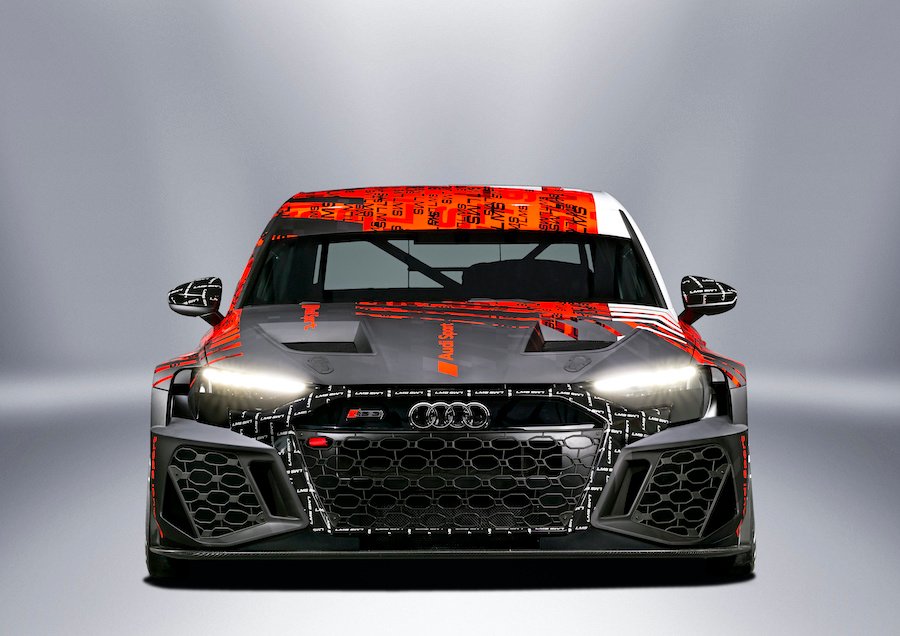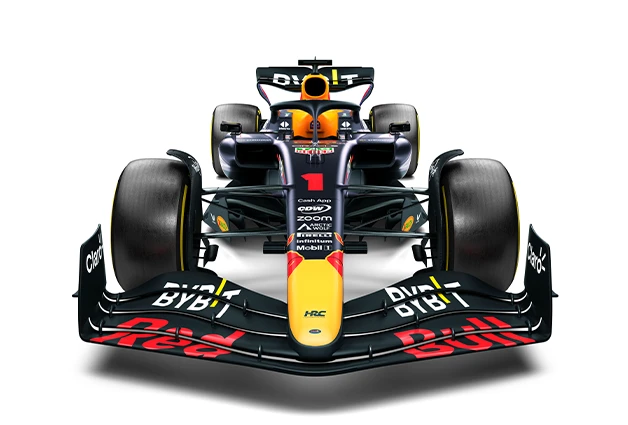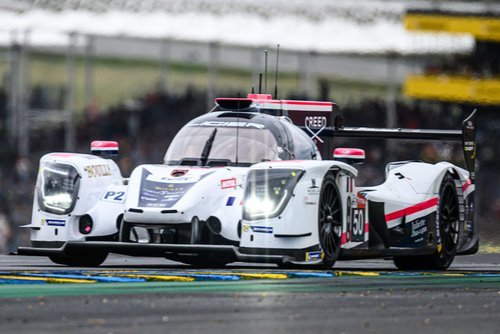Armed with 340 horsepower, a 0-60 time of under 4 seconds, a tonne of safety features, and a newly developed six-speed sequential gearbox, the second generation Audi TCR is here, and it comes packed with a slew of improvements over its predecessor.
Named the TCR model of the year in 2018, the first-generation Audi RS3 LMS was released in 2016 before going on to become a huge success for the German company. It is this success that they now seek to build upon and dominate the TCR scene even more.
Established in 2015, Touring Car Racing (TCR) is a racing competition with heavily modified road-legal cars. TCR cars are based on 4 or 5 door production vehicles and are almost always powered by 2.0-liter turbocharged engines.
With that in mind, the all-new Audi RS3 LMS can be perceived as a preview of the upcoming road-legal Audi RS3. Of course, without the huge spoiler and other racing paraphernalia.
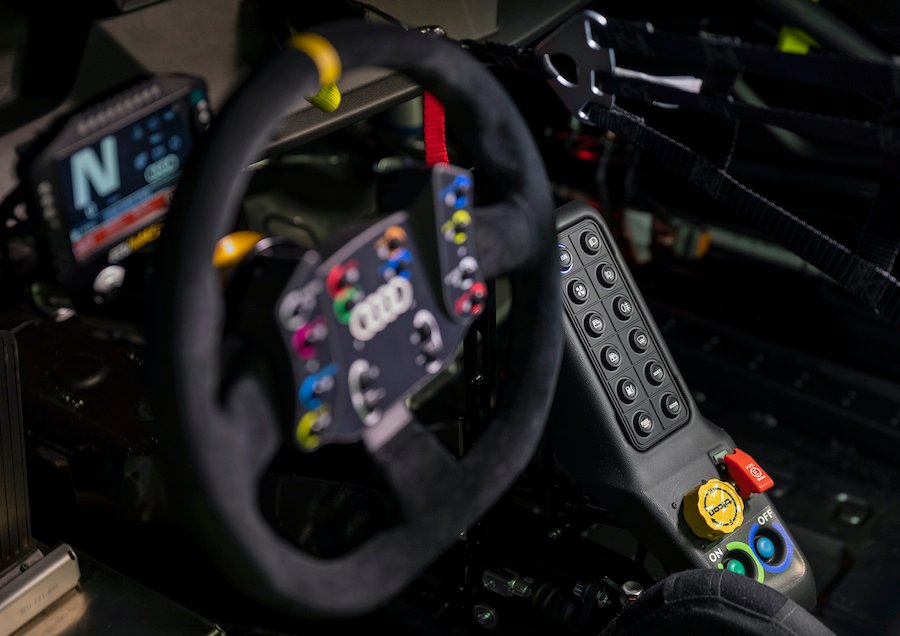
Engine, Transmission, and Performance
In line with FIA regulations, the 2021 Audi RS3 LMS is slightly less powerful than its road-going version. It comes sporting a 2.0-liter turbocharged four-cylinder engine that produces a modest 340 horsepower and 420 Neuton meters of torque at 2,500 rpm.
The engine works in conjunction with a new pneumatically actuated six-speed gearbox system operated via paddle shifters on the car’s steering wheel. The gearbox delivers all the car’s horses to a front-wheel-drive system.
This engine and gearbox combination works together to get the Audi RS3 LMS’s 0 to 60 mph time to the “below four seconds” mark mentioned earlier.
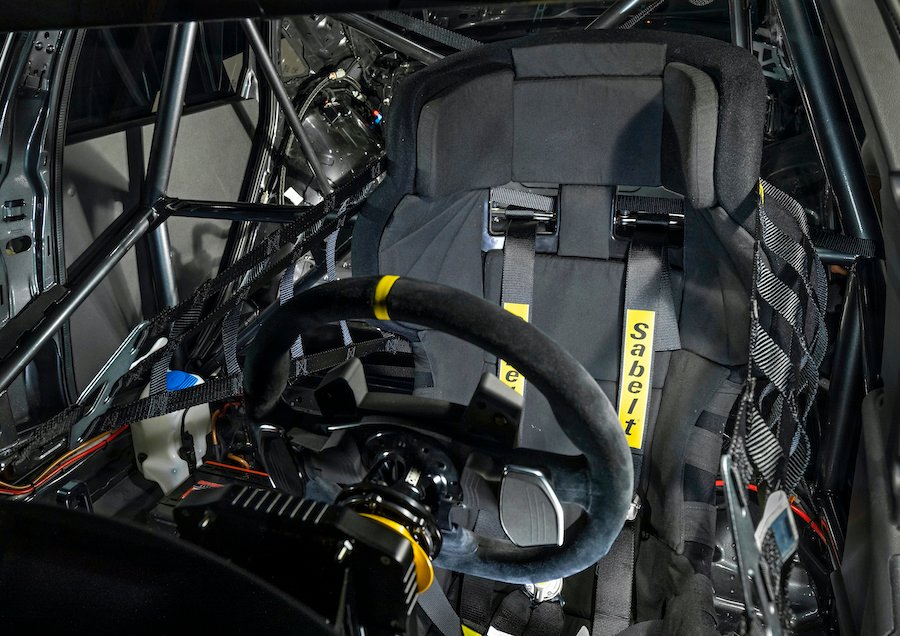
Design and Aerodynamics
On the design front, the second-generation car comes with several changes. These not only improve aerodynamics and safety but also add to the aggressive profile of an already stunning car. So aggressive that some onlookers may be scared of it.
According to Audi, the car's aerodynamics were modeled entirely using digital Computational Fluid Dynamics (CFD) simulations. This is instead of the conventional wind tunnel simulations that were used in the design of the first-generation car.
The results of the change of design technology include larger front air intakes, wider wheel arches, a massive rear wing, and a more aggressive lower rear diffuser for the second-generation car.

Being a racing car, there isn’t much to write home about the car’s interior. However, a full roll cage, a race bucket seat, an array of switches that control more than 12 functions, and a small digital instrument cluster make it to the list of would-be notable features.
Pricing details weren’t revealed by Audi, however, the previous generation RS3 LMS cost about $145,000. As such, we expect prices won't be too dissimilar for the new one. Deliveries are expected to commence towards the end of the year.
With over 760 podium finishes, 279 of which were victories, over 1051 races, the first-generation Audi RS3 LMS bows out with a huge reputation under its belt. Such successes that any successor will take a lot of winning to live up to. Here’s to hoping that the all-new Audi RS3 LMS is that car.

